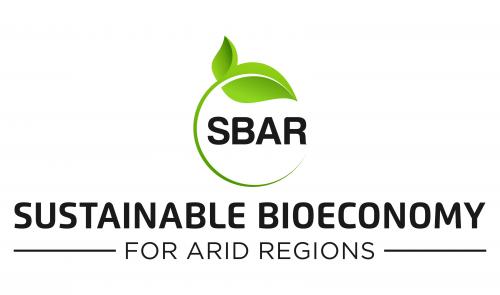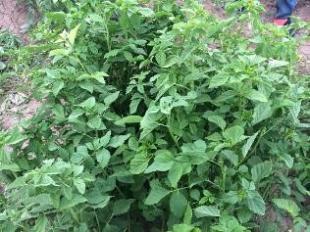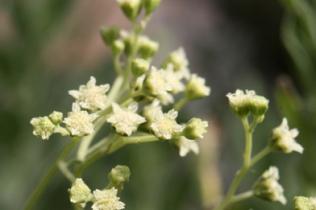Sustainable BioEconomy For Arid Regions (SBAR)
The Sustainable Bioeconomy for Arid Regions (SBAR) Center was funded by a 5-year USDA-NIFA Grant (2017-2022) with purpose of investigating the feedstock development, production and delivery of two, drought-resistant crops: guayule and guar. The goals of SBAR are:
- Improve feedstock through genetics and traditional plant breeding.
- Trans-disciplinary training for students and educators.
- Increase biofuel and bioproduct production in the Southwest.
- Match crop choice and yield per available water supply in semi-arid areas.

Researchers from the private and university sectors include the University of Arizona, New Mexico State University, USDA - Agricultural Research Service, Colorado School of Mines, Colorado State University and Bridgestone Americas, Inc.
Among innovative scientists, New Mexico State Universities faculty are:
- John Idowu, associate professor and Cooperative Extension Service Agronomist,
- Catherine Brewer, assistant professor of Chemical Engineering in the College of Engineering,
- Sangamesh Angadi, associate professor of crop stress physiology,
- Paul Gutierrez, professor and Extension Agriculture and Business Management specialist,
- Kulbhushan Grover, associate professor of sustainable crop production,
- Omar Holguin, assistant professor in Department of Plant and Environmental Sciences.
Each faculty member is a part of one, if not many, groups and sub-groups of the well-structured SBAR plan.
For more information on the SBAR, please visit the follow links:



Any opinions, findings, conclusions, or recommendations expressed in this website are those of the author(s) and do not necessarily reflect the view of the U.S. Department of Agriculture. Grant # 2017-68005-26867